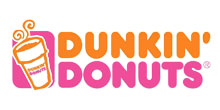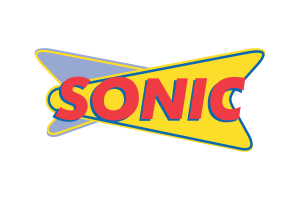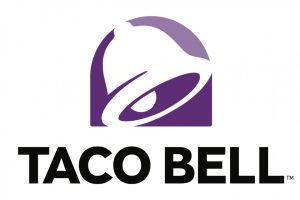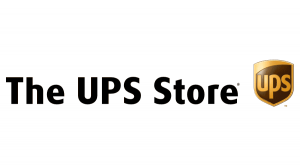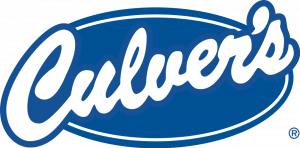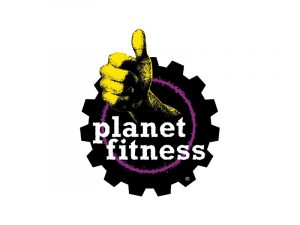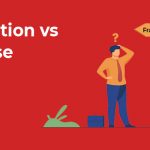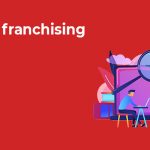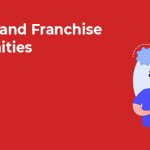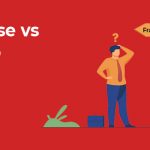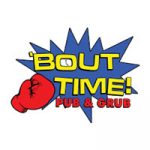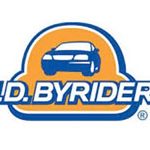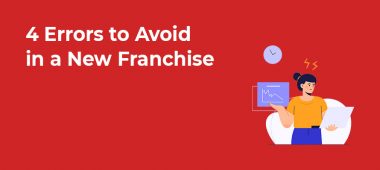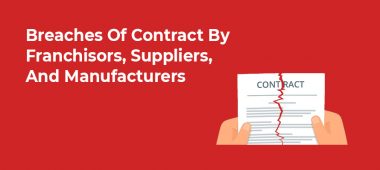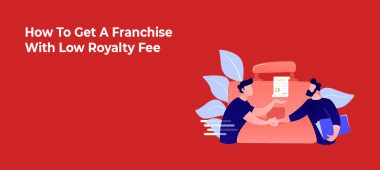let’s first have a look at what franchising is and what is the meaning of franchising
Franchising
An arrangement where some rights and authorities by the Franchisor (one party)are granted or licensed to another party called franchisee. For business, expansion Franchising is a well-known marketing strategy.
To sell the products, goods, services and give rights to use the trademark and brand name franchisee gets authorized by Franchisor. A contractual agreement between Franchisor and Franchisee takes place.
A one-time fee or commission is paid by the franchisee to the Franchisor and some share of revenue, In return, as this franchisee acts as a dealer. The franchisees do not have to spend money on training employees; they get to learn about business techniques as these are Some advantages to the franchisees.
What is the Meaning of Franchising?
A right that is given by manufacturers or businesses to others is what basically the meaning of franchising is. For selling the services or products of these manufacturers or parent businesses, this right allows the beneficiaries.
The Franchisor is the one that individual or business grants the right to the Franchise, while the Franchise is called the beneficiary of right. For covering the maximum market, share franchising is a business marketing strategy.
When one party allows another to sell its products and intellectual property is what made a Business relationship between two entities is called franchising. For example, several fast-food chains like Dominos and McDonalds operate in different countries through franchising.
Examples of Franchising
McDonald’s
The 64-year-old company McDonald’s takes the top spot For the second year in a row. So what keeps McDonald’s ahead? More than any other franchise except Subway. The answer is clear: from the digital menu boards to the mobile app, constant reinvention, to the now never-frozen Quarter Pounder.
Started Franchising
1955
Total Units
37,406
Cost to Open
$1.06M to $2.23M
Dunkin’
Dunkin’ — no “Donuts” is all about the beverage business now, As it was once The restaurant formerly known as Dunkin’ Donuts but now has a new name, a new store design, and a new focus. as of September 2018 — it introduced a new tap system for serving cold beverages and a new espresso option. Dunkin’ has been selling doughnuts — since 1948 Still, not everything is changed. , It won’t stop selling the treats, when William Rosenberg opened the first location in Quincy, Mass.
Started Franchising
1955
Total Units
12,740
Cost to Open
$228.6K to $1.7M
Sonic Drive-In
people typically mean Silicon Valley flash when they talk about companies of the future. More than 3,600 Sonics are in the U.S now. That focus on service and tech helped propel Sonic to the #3 spot in the Franchise 500, up from #6 in 2018.
Started Franchising
1959
Total Units
3,606
Cost to Open
$865K to $3.6M
Taco Bell
To toast Taco Bell there’s plenty of reason, not just because they serve boozy beverages are served at the company’s Cantina locations. Across the U.S planning to open 1,000 new franchises. By 2022 On better serving urban markets, Taco Bell is freshly focused. The growth is hardly distracted elsewhere, focusing on urban markets. More than 130 restaurants have been added by Taco Bell added in the U.S., and it opened its first London location in November. In Thailand, New Zealand, and Australia International exploration will continue with new outposts.
Started Franchising
1964
Total Units
6,999
Cost to Open
$525.1K to $2.6M
The UPS Store
At five of them, An intriguing thing has been happening, the customers can see every aspect of the packing and printing process as they’ve been remade with an open floor plan, so when there are more than 5,000 units the UPS Store has. This kind of constant evolution of the UPS Store thrive in the digital age has helped.
Started Franchising
1980
Total Units
5,071
Cost to Open
$168.9K to $398.3K
Culver’s
Since the fast-food company’s inception in 1984, The menu at Culver’s hasn’t changed much. It still offers a childhood favorite of co-founder Craig Culver, frozen custard and even the ButterBurgers made using his mother’s original recipe.
Started Franchising
1988
Total Units
680
Cost to Open
$2M to $4.7M
Planet Fitness
Planet Fitness is leaping ahead; As the low-cost-gym market thrives, Its revenue surpassed $136 million which helped boost 500 ranking its Franchise to #7 this year up from #21 last year, a year-over-year increase of 40 percent, in its climb size and scale were also instrumental. As of September 2018, Membership swelled to 12.2 million, a 65 percent jump from December 2015, and it has 1,000 new franchises in the pipeline.
Started Franchising
2003
Total Units
1,646
Cost to Open
$969.6K to $4.2M
Licensing
What is licensing?
A contract between two parties is what is a licensing agreement in which the right to use the brand name is granted by the Licensor to the licensee, patented technology, trademark, or ability to sell goods and produce that the Licensor owned. In other words, the ability to use intellectual property owned by the Licensor is granted by a licensing agreement to the licensee. To commercialize their intellectual property Licensing agreements are commonly used by the Licensor.
Understanding a Licensing Agreement
The Licensor agrees to provide the intellectual property to the licensee with rights In a typical licensing agreement, such as the brand name, Licensor’s technology, or how the product is created. A royalty fee or an upfront fee to the Licensor is typically played by the licensee In exchange for the Licensor’s intellectual property. for the right to use the Licensor’s intellectual property A royalty fee is paid as an ongoing fee.
The following is important to remember:
The party which provides intellectual property rights to another party is called the Licensor.
The party that is receiving intellectual property rights from another party is called the licensee.
Example of a Licensing Agreement
In many different industries, licensing examples are found. An agreement from copyright holders of software to a company is an example of a licensing agreement, allowing it to use the computer software for their daily business operations.
An example of a licensing agreement is at Calvin Klein Inc. about 90 percent of the $160 million a year in sales. Comes from licensing the jeans, perfume, and the designer’s name to makers of underwear. The women’s apparel lines are the only merchandise the New York-based company makes itself. Many, the many large corporations generate less significant proportions of their revenue from licenses such as Walt Disney Co. As, IBM, now attributes $1 billion a year of its corporate sales to licensing after giving its efforts to license its hundreds and thousands of technology patents a few years ago, your settlement for a smaller piece of the pie is what the downside of licensing is. For example, Calvin Klein-branded products, generate $5 billion in sales in a year, the licensees and retailers get the vast majority of it. With almost all the money from licensing flowing straight to the bottom line, the licensing revenue tends to be high-margin.
Entering Into a Licensing Agreement
With interest you could be the one in licensing the high-recognition brand name of another company, on the other side of the coin, It might seem like the key to a gold mine To many people: guaranteed success means Putting a Lion King character, Notre Dame logo on your product, right?
Three major advantages are offered by Licensing:
- It may mean that the product you’ve never been able to sell, 10 percent of the retailers you call to will finally take a look, And when that happens, you can sell the rest of your line because you have something different.
- It may mean your competitors don’t have something unique like you have
- It may mean because it’s unique you’ll be getting a little better margin.
The list runs from a multinational conglomerate to a one-person operation about Who can obtain a licensing agreement? But in terms of finances, manufacturing, and marketing in general, a licensor looks for the strongest company. Strength is not necessarily measured in dollars, or longevity is the good news for small businesses.
You need to be having your own house in order before you tackle the licensing industry. Your manufacturing capacity is up to snuff. Ensure that and make sure you have or can get financing. It’s also a good idea to try to establish a sales history for your products and establish distribution channels, then decide what licensing products you want to target. Once this is accomplished, the next steps are talking to the company or its representative and convincing them of your product’s potential. Once you know who you want to target. Large organizations will most likely have people who oversee licensing and marketing or, will have turned those functions over to a licensing agent. To ask about licensing opportunities. You can determine the proper person to speak with by contacting the company directly
Evaluating your strengths means Deciding which Licensor to approach. The more it’s going to cost to secure the licensing rights, the bigger and more popular the property is, to learn the ropes. Beginners should probably start small.
Most licensors will request product samples, once you begin approaching companies, and all will ask for a business plan detailing how you propose to market the product As, many will ask you to fill out a licensing application, a, who your target audience is, and what you estimate sales could be.


